Understanding Robert Mapplethorpe
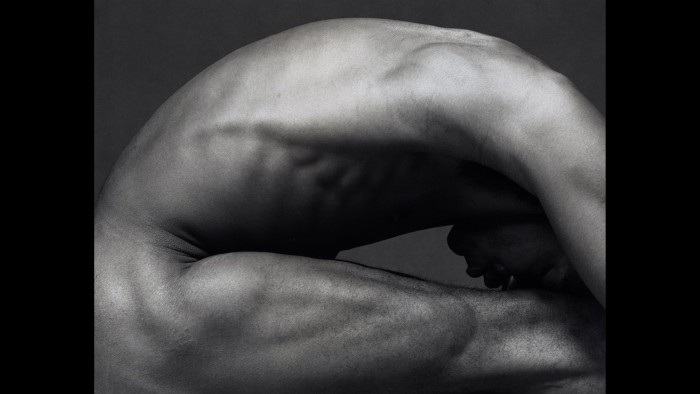
Simply sign up to the Life & Arts myFT Digest -- delivered directly to your inbox.
Peter Marino — architect, designer, collector and fine-art connoisseur — is holding court in a Paris hotel, enunciating why previous exhibitions dedicated to the late US photographer Robert Mapplethorpe have been desultory. “My attitude is: are you kidding? Nobody has showed [his] outrageous combination of sexuality and beauty,” he says. Marino gives his own take on Mapplethorpe, a visionary of the medium, in a show entitled XYZ Robert Mapplethorpe, currently at the Galerie Thaddaeus Ropac in Paris.
New York-based Marino is known for many things, from designing shops for luxury clients such as Louis Vuitton and Chanel, and his love of dressing in leather and rubber biker garb, to his enthusiasm for Renaissance and Baroque bronzes.
It is clear that Marino is also a savant of Mapplethorpe’s canon: he owns some 142 pieces. Visitors to the exhibition One Way: Peter Marino, held at the Bass Museum of Art in Miami in 2014 and featuring works drawn from the architect’s contemporary art collection, were heard to gasp on seeing a selection of works by Mapplethorpe set against a backdrop of eel-skin black panels. Most of Marino’s Mapplethorpe collection will be shown in Japan next year at venues in Tokyo and Kyoto.
The majority of the photographs at Galerie Thaddaeus Ropac are drawn from the archives of the non-profit Robert Mapplethorpe Foundation in New York, which was established by the artist himself in May 1988 shortly before his death with a mission to support exhibitions and “strictly maintain the editions he established during his lifetime”.
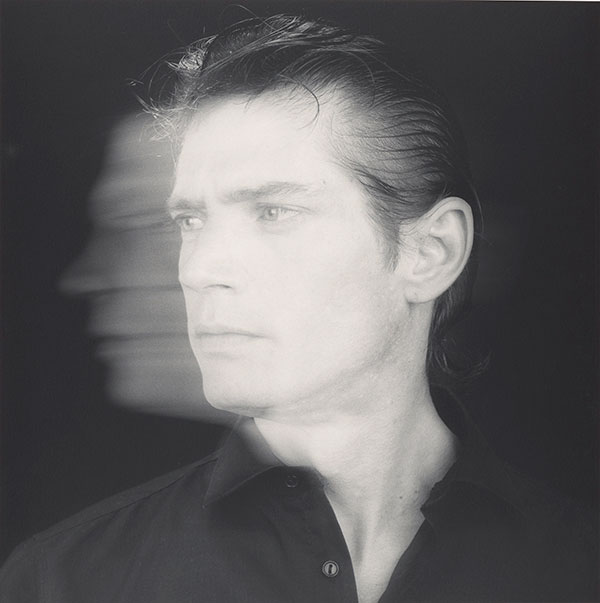
Ropac has represented the artist’s work since 2000; in a marketing masterstroke, the gallery has invited guest curators such as film star Isabelle Huppert to put on a series of Mapplethorpe shows. The current stint is a selling exhibition. However, “a quarter of the prints — the rarest ones — are not for sale”, says a gallery spokesman.
Marino describes how he collaborated with the Foundation, working through its vast repository of images. “The Foundation asked if I had ‘a point of view’ regarding his work. If you analyse what he chose to make for his portfolios, I find that the artist’s personal obsessions were sex, flowers and black men.” Marino has subsequently reinterpreted the three themes of the notorious “XYZ” portfolios (1978-1981): gay sadomasochistic imagery (X), floral still lifes (Y) and nude portraits of African-American men (Z).
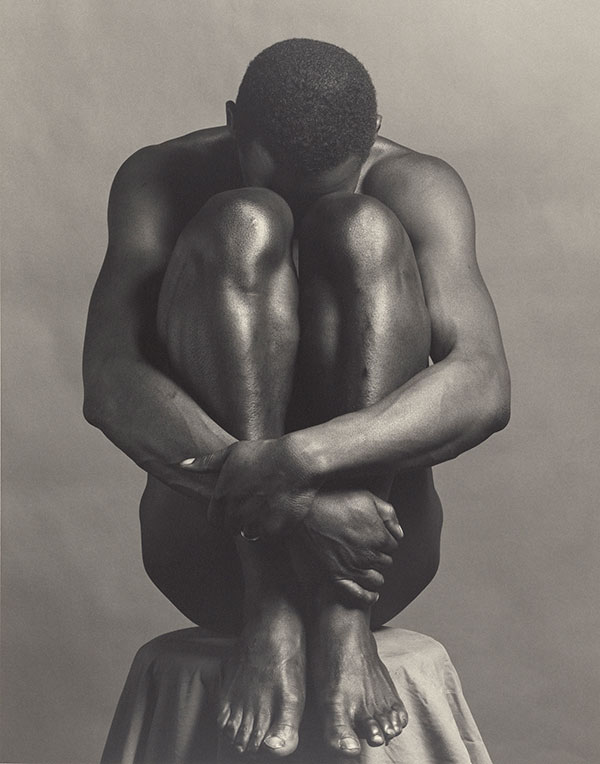
It is an elegant, crisp arrangement, heralded by a triptych of prints hanging at the exhibition entrance that point to the three themes expounded inside. The image ushering in the Z display is “Charles Bowman, NYC” (1980). In the inner space, 60 black-and-white photographs are grouped in the three portfolios: “Orchid and Hand” (1983) stands out among the flowers, while the torso of “Jason” (1983) is a phenomenal depiction of osteology. Mapplethorpe’s eyes scan the scene in a masterly self-portrait (1988) set dead centre.
“[This is] my interpretation of ‘XYZ’: you put the rough sex in the container, and mix with the most beautiful, extraordinary images of flowers ever made in the world, no one will ever come close,” Marino says. “They were his strong suit: what makes me insane is the tulip on the knife [‘Tulip’, 1985]. It’s a great intellectual game: this is Michelangelo. And the last portfolio was made when he knew he had Aids: look at these black men, they are some of the most beautiful sculptures ever.”
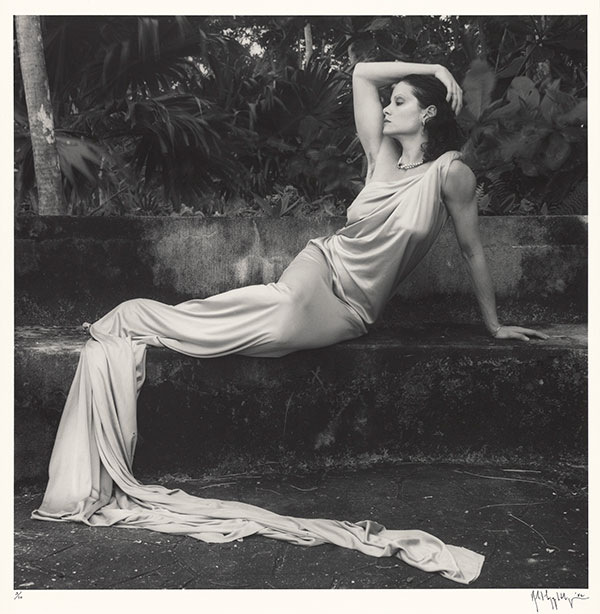
Marino’s insights into 17 Polaroids also included are quietly compelling: from 1971 to 1974 Mapplethorpe snapped lovers, friends and everyday objects, producing intimate images with a Polaroid SX-70 camera. “This is the work of the young artist before he’s done his best work. He’s just snapping and snapping . . . He was wrestling between total abstraction and realism, like all of us,” Marino comments.
The Polaroids on show in Paris depict explicit S&M sex practices, with erect members clasped and squeezed by harnesses and clips. But on closer inspection subtler details spring forward in images such as “Untitled (S&M Gear)” (1972). The more explicit works will still raise eyebrows but Marino points out that “it is a little easier to show these works in a private gallery”. Mention Mapplethorpe to seasoned curators and artists, however, and many will fulminate against the landmark trial of 1990, when the Cincinnati Contemporary Arts Center was taken to court for showing works from the X Portfolio.
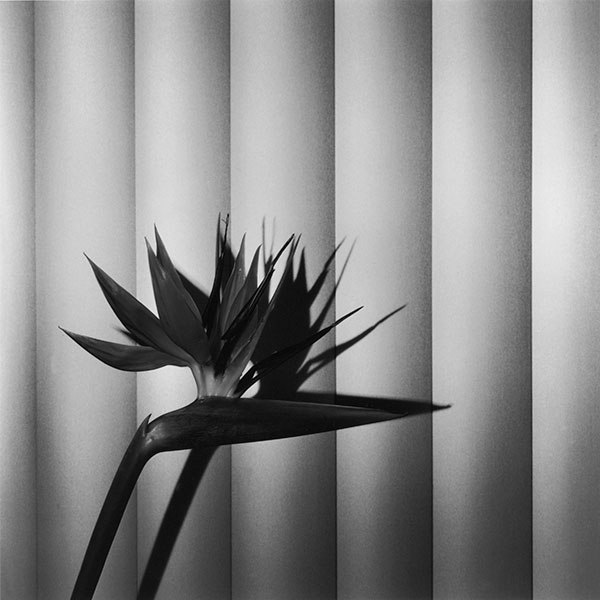
The controversy broke out over The Perfect Moment, a posthumous show of Mapplethorpe’s work that toured seven US cities. The case centred on seven out of 175 photographs, five of which depicted men in sadomasochistic poses, the other two showed naked children.
The Cincinnati venue, which launched the show in April 1990, found itself in the national spotlight when it took on conservative groups fixed on labelling Mapplethorpe’s work as pornography. Later that year, a court found the institution, and its then director, Dennis Barrie, not guilty of obscenity charges. The bitter public polemic, or so-called culture wars, focused on whether state funding, channelled via the National Endowment for the Arts, should back exhibitions such as the Mapplethorpe show (the federal cultural body had awarded $30,000 to the exhibition when it was shown at the Washington Project for the Arts in 1989).
“The culture wars have gone away to an extent,” says Jock Reynolds, then director of the Washington venue, now of the Yale University Art Gallery. “The NEA, which has been severely diminished, does not have the same impact. Artists’ foundations have stepped up and funded edgier, riskier works, though there is certainly a climate of self-censorship and timidity with some museums.” He also points out that people’s perceptions have shifted in the internet age, with increased access to pornography.
Whether Mapplethorpe’s imagery still retains the power to disturb will be tested when the Los Angeles County Museum of Art (Lacma) and the J Paul Getty Museum in Los Angeles launch a joint show in March, Robert Mapplethorpe: The Perfect Medium.

Lacma will focus on the photographer’s methods, encompassing the experimental and performative aspects of his work (March 20-July 31); the Getty (March 15-July 31) will highlight the “artist’s disciplined studio practice, figure studies and legacy”, says a museum spokeswoman. The Getty section documents the media furore around the obscenity legal battle, with items such as a 1989 cover of ArtForum International featuring a protest that took place in Washington.
But the exhibition will not include the two images of children that were part of the obscenity case, although one of the two pictures (“Jesse McBride”, 1976) will be included in the catalogue that documents the 2,000 Mapplethorpe works jointly acquired by Getty and Lacma in 2011. Of their exclusion from this year’s show, Lacma’s curator Britt Salvesen says she decided that “the works are not crucial to an understanding of Mapplethorpe as an artist”.
“It is time to try to understand Mapplethorpe as a person and re-evaluate his work on its own merits, without the sensationalism that followed The Perfect Moment and the American culture wars,” says Paul Martineau, associate curator of photographs at the Getty. Marino is equally impassioned about showing the real Mapplethorpe. “Possibly because of my persona, nobody will be shocked by what I’m showing,” he says. “I think it’s time to show what’s in the artist’s soul.”
‘XYZ Robert Mapplethorpe’ runs to March 5, ropac.net
Photographs: Robert Mapplethorpe Foundation/J. Paul Getty Trust; Robert Mapplethorpe Foundation/Galerie Thaddaeus Ropac, Paris; Manolo Yllera
Comments